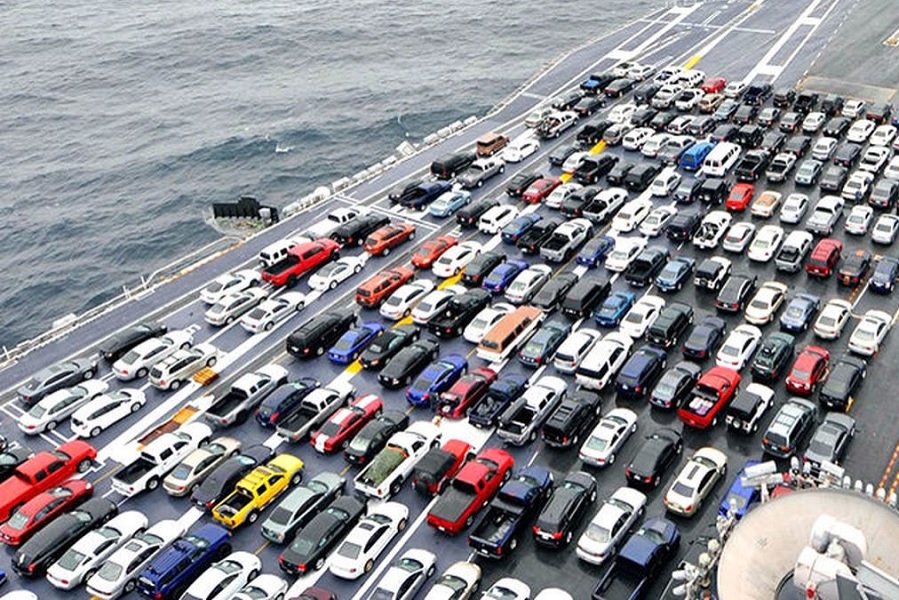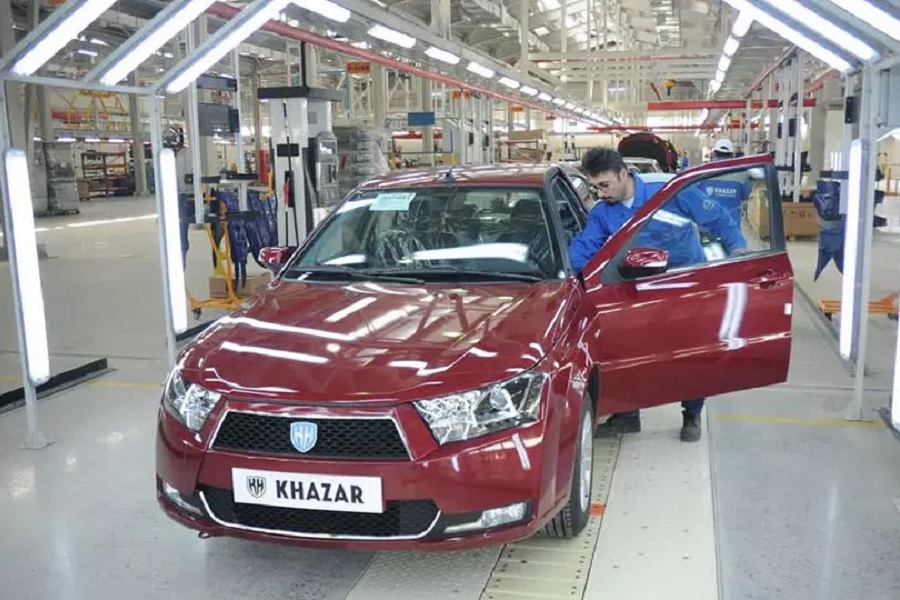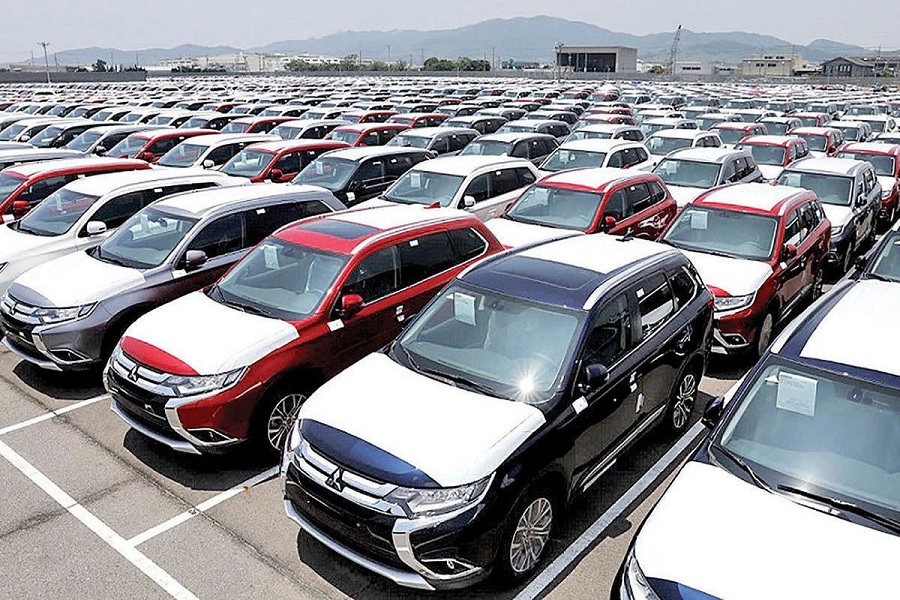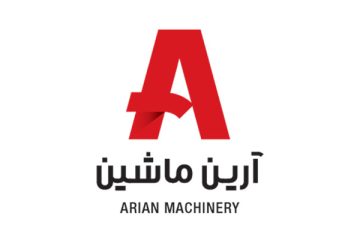Condition import and export car at Iran _ Will the conditions of the car market improve?
Published by Baadl on

Condition import and export car at Iran; The challenge of laws and sanctions
When the automobile industry was formed in Iran, many of the world’s leading automobile manufacturers such as Hyundai and Kia had not yet been established. In the 1940s and 1950s, Iran used to export all kinds of manufactured cars to the markets of neighboring countries such as Iraq and the UAE.
Also, in these years, all kinds of luxury and economic cars are imported. But with the occurrence of the Islamic revolution and then the imposed war, import and export of cars in Iran faced various challenges.
International sanctions are also one of the other factors affecting the situation import and export car at They were Iran.
For this purpose, in this article, ACT Group has investigated all the factors affecting the import and export conditions of cars in Iran.

Read More : What is the best selling car in Iran?
Condition importation and export car at Iran from the past to the present
Condition import and export car at Iran can be examined in two periods before and after the revolution. As mentioned, the conditions of car import and export in Iran were relatively suitable before the revolution.
But after the revolution, due to the imposed war and economic pressure, the conditions became very unfavorable. With the beginning of the construction decade (70s) imports and Export car At Iran found much better conditions.
Because automobile companies like IranKhodro and Saipa Automobile Group went for newer products like Peugeot which were exported to neighboring countries.
On the other hand, imported Nissan, Toyota and Daewoo cars were also introduced to the Iranian market.
The conditions of car import and export had a very growing trend until the late 80s. But the decline point of these conditions was the beginning of international sanctions.
In fact, before the start of international sanctions, Iran’s manufactured cars were exported to many neighboring countries and even some South American countries.
On the other hand, the import of all kinds of luxury and economic cars of Toyota, Hyundai, Kia, Benz, BMW, etc.
brands was also carried out. With the start of international sanctions, the production of Iranian automobile factories decreased, and on the other hand, there was not enough currency to import foreign cars, or these cars entered the market at a very high price.
After the JCPOA contract, the situation importation and export car at Iran found a positive trend again. But this process was not stable and with the withdrawal of the United States from the JCPOA, the situation returned to before and it can even be said that it entered a more critical path.
Read More : Best selling imported cars in Iran
Sanctions are the main reason for the drop in Iran's car exports
If you have traveled to Iraq, you must have seen cars like Samand, Pars and Pride as taxis. Also, in countries like Russia, Azerbaijan, Venezuela, Armenia and Turkey, you can see some Iranian cars.
All these cars were exported to these countries before the international sanctions and the withdrawal of the United States from the JCPOA.
But with the imposition of sanctions, Iran’s car exports almost reached zero. Of course, cars are still exported from Iran to countries like Iraq and Afghanistan.
But it should be said that on a general scale, car exports from Iran to other countries are very small and can be ignored.

Before the import ban, Iran's car market had ideal conditions
One of the most controversial laws in the field of automobiles was the law banning the import of foreign cars, which was enacted after the withdrawal of the United States from the JCPOA. The purpose of this law was to prevent currency from leaving the country.
But it brought very bad results for the Iranian car market. In fact, this law caused the supply and demand ratio to disappear in the Iranian car market and foreign cars faced a very sharp price increase.
On the other hand, domestic car manufacturers did not see any competitors for their products and offered their cars with low quality and high prices.
However, before the introduction of this controversial law, the conditions of the Iranian car market were very favorable.
You could buy all kinds of domestic and foreign cars with long-term installments and even in some cases without interest.
But this law changed all the equations and put the Iranian car market into a period of severe stagnation, from which it has not been possible to get out until today.
The future of the situation importation and export car at how will Iran be?
Factors such as sanctions, high car import tariffs, variety and low quality of domestic cars, lack of supply, mandated pricing and low purchasing power, affect the future of the situation.
Importation and export car at Iran are influential. It should be said that if any of these obstacles are changed, a better future can be predicted for the import and export of cars in Iran. In the following, we will examine this issue in more detail.

Car exports will not experience a strange growth
Considering the non-removal of international sanctions and the existence of strong demand in the domestic market, the probability that car exports from Iran will experience a strange growth is very low.
For example, Iranian car manufacturers currently cannot meet the demand of the domestic market; So they definitely cannot produce products for foreign markets.
On the other hand, the competitors of Iranian car manufacturers produce much higher quality, more economical and more modern products.
As a result, people of other countries will not be interested in buying Iranian cars. Rather, they prefer to buy cars of famous brands with more suitable payment conditions.
Importing cars is not beneficial for ordinary people
You have definitely heard the news of the release of car imports. Currently, some imported cars have been registered and are entering the market.
But due to the very high tariff and two-stage tax, an economical car like Toyota Corolla is priced at nearly two billion tomans, which is a very high figure; Almost twice the real price of this car in the world markets.
According to these explanations, the release of car imports to Iran cannot be good news for all people, as in the past.
Because paying 2 billion Tomans for an economical car with the fewest options is not an ideal option.

Import perspective and export car at Iran is not clear
Condition import and export car at Iran depends on many political and economic factors. Iranian cars do not have the ability to compete with the products of prominent brands in the world markets, and they definitely cannot experience good sales in the free markets of other countries.
On the other hand, imports with very high tariffs and various restrictions cannot satisfy the thirsty Iranian car market. That’s why the situation can’t be importation and export car at he clearly predicted Iran.
One can only hope that with the stability of the exchange rate, people’s purchasing power will increase over time and companies will market their imported or domestic products with better conditions.



0 Comments